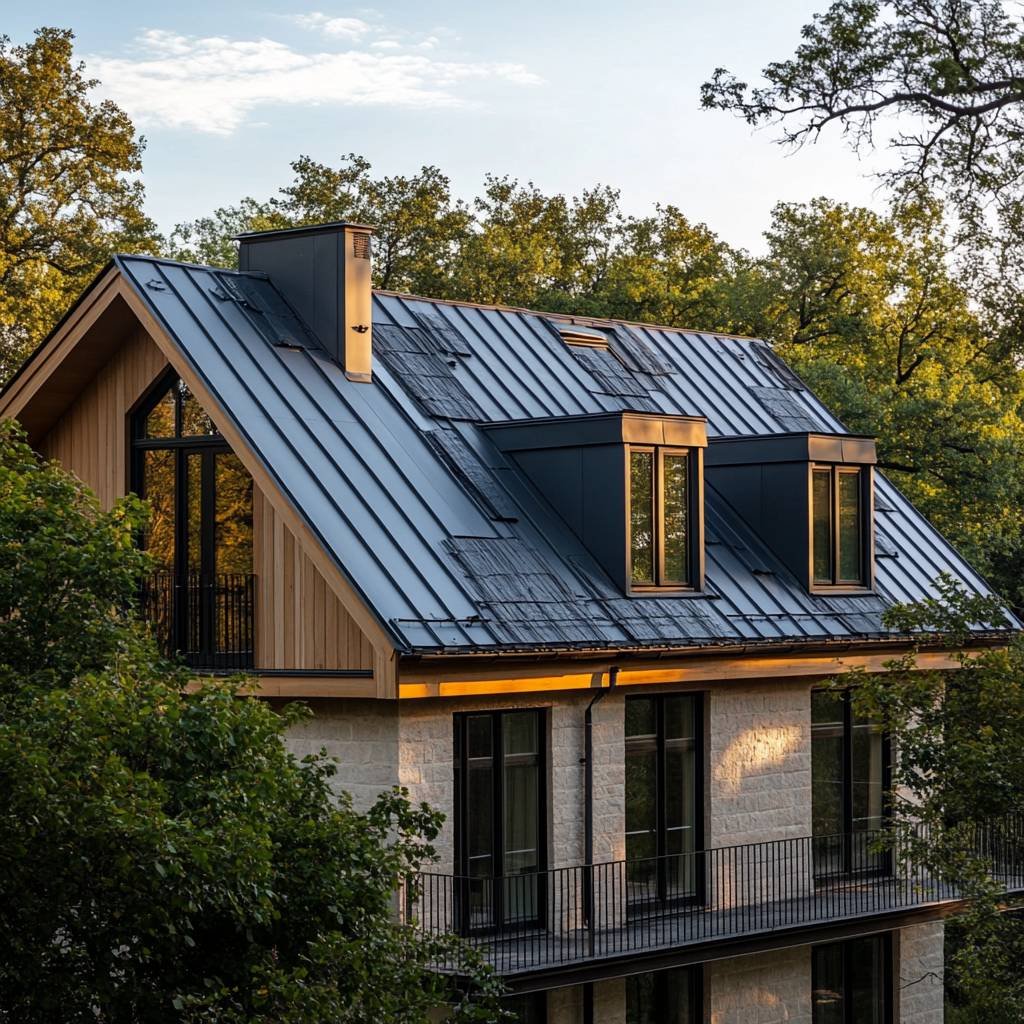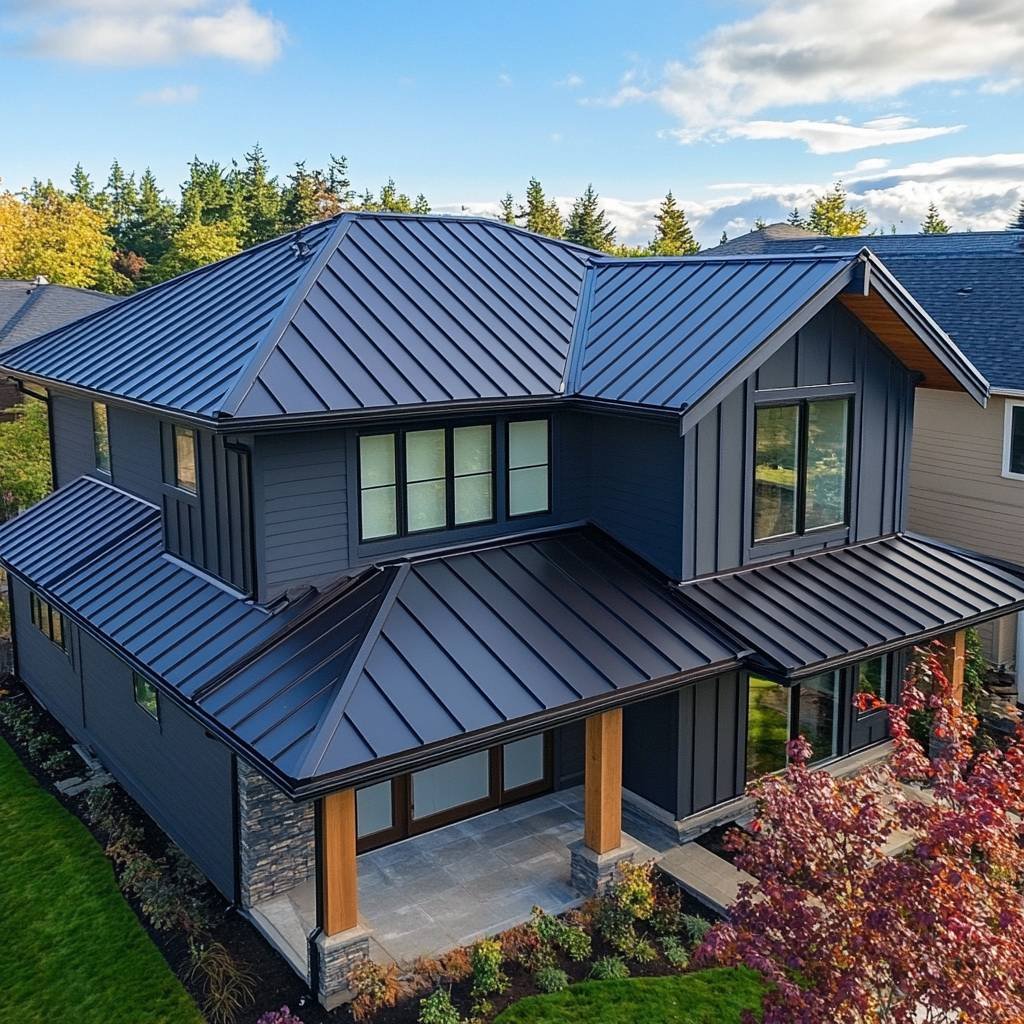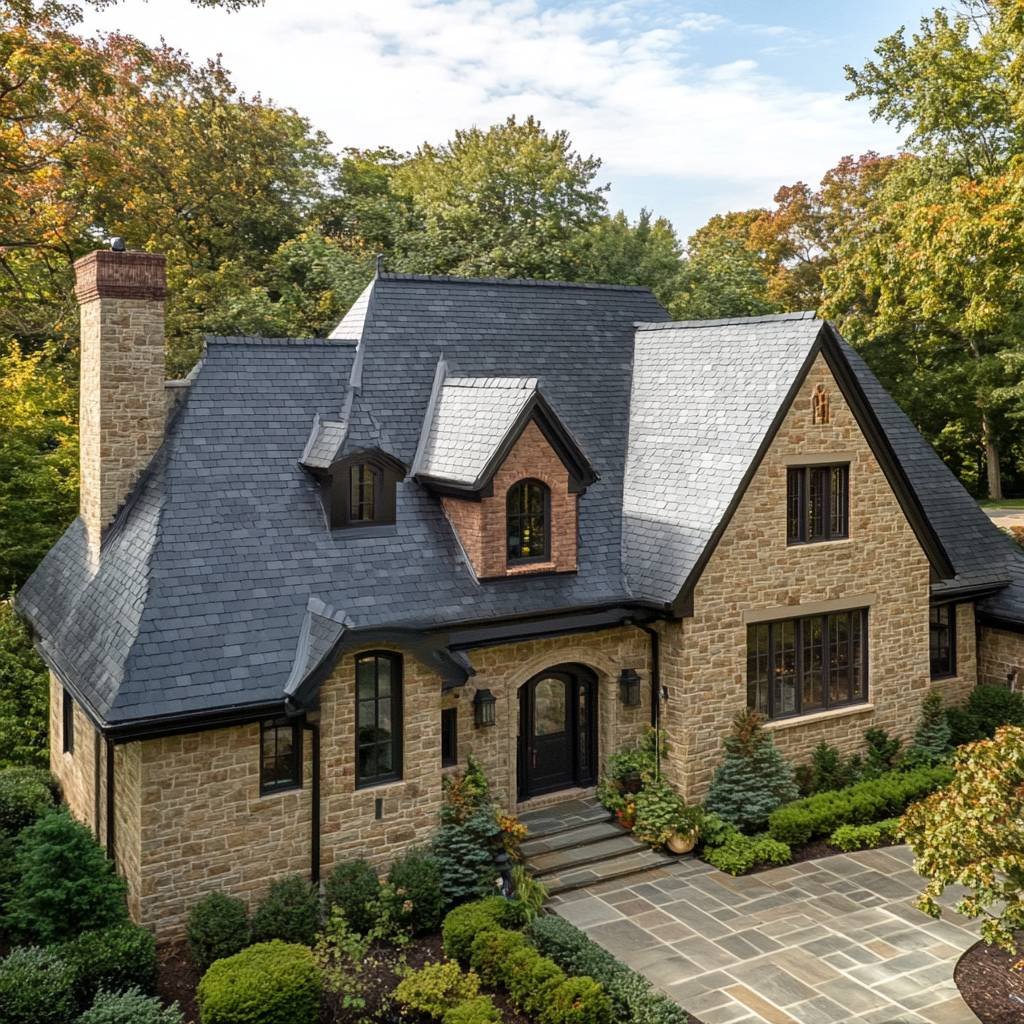Have you ever looked up at your roof and wondered if it’s the best it could be? Choosing the right roofing material is a crucial decision that affects not only the appearance of your home but also its durability and energy efficiency. With so many options available, it can be overwhelming to decide which material is the best fit for your needs. In this guide, we’ll walk you through how to choose the right roofing material for your home, ensuring you make an informed decision that stands the test of time.
Understanding Roofing Materials
Before diving into specific materials, it’s essential to understand the role your roof plays and the options available.
The Importance of Your Roof
Your roof is more than just a shelter; it protects your home from the elements, contributes to energy efficiency, and adds to the overall aesthetic appeal.
- Protection from Weather: Shields against rain, snow, wind, and sun.
- Energy Efficiency: Affects heating and cooling costs.
- Curb Appeal: Enhances the visual appearance of your home.
Question for you: What do you value most in a roofing material—durability, appearance, or cost?
Common Roofing Materials
There are several types of roofing materials, each with its advantages and disadvantages.
- Asphalt Shingles
- Slate Tiles
- Metal Roofing
- Clay and Concrete Tiles
- Wood Shingles and Shakes
- Synthetic Roofing Products
Tip: Familiarising yourself with each material can help narrow down your choices.
Factors to Consider When Choosing a Roofing Material
Climate and Weather Conditions
Your local climate plays a significant role in determining the best roofing material.
- Rainy Areas: Materials like slate and metal are highly water-resistant.
- Hot Climates: Clay tiles and metal roofs reflect sunlight, keeping homes cooler.
- Cold Regions: Asphalt shingles perform well in freezing temperatures.
Example: If you live in an area prone to heavy snowfall, a metal roof might be ideal due to its snow-shedding capabilities.
Roof Slope and Structure
The pitch of your roof affects the suitable materials.
- Steep Slopes: Shingles and tiles work well on steeper roofs.
- Low Slopes: Membrane roofing or metal sheets are better for low-pitched roofs.
- Structural Support: Heavier materials like slate or concrete require robust support structures.
Scenario: A traditional slate roof may not be suitable for an older home without structural reinforcement.
Budget Constraints
Roofing materials vary widely in cost.
- Affordable Options: Asphalt shingles are cost-effective and widely used.
- Mid-Range Choices: Metal roofing and wood shingles offer a balance of cost and durability.
- Premium Materials: Slate and clay tiles are expensive but offer longevity.
Question for you: What is your budget for roofing, considering both materials and installation?
Aesthetic Preferences
Your roof contributes significantly to your home’s overall look.
- Traditional Appearance: Wood shakes or slate tiles provide a classic look.
- Modern Style: Metal roofs offer a sleek, contemporary appearance.
- Colour Options: Many materials come in various colours to match your home’s exterior.
Imagine: Enhancing your home’s curb appeal with a roof that complements its architectural style.
Local Building Codes and Regulations
Ensure compliance with local regulations.
- Material Restrictions: Some areas have codes dictating allowable materials.
- Fire Ratings: Certain materials are required in fire-prone regions.
- Historical Districts: May have guidelines to maintain architectural integrity.
Tip: Check with your local council or a professional roofer for specific requirements.

Overview of Roofing Materials
Asphalt Shingles
Pros:
- Affordable and widely available.
- Easy to install and repair.
- Variety of colours and styles.
Cons:
- Shorter lifespan (15-30 years).
- Less environmentally friendly.
Ideal for homeowners on a budget seeking a traditional look.
Metal Roofing
Pros:
- Durable and long-lasting (40-70 years).
- Energy-efficient and recyclable.
- Resistant to extreme weather.
Cons:
- Higher initial cost.
- Can be noisy during rain or hail.
Great for modern designs and areas with harsh weather conditions.
Slate Tiles
Pros:
- Exceptional longevity (up to 100 years).
- Natural and eco-friendly.
- High aesthetic appeal.
Cons:
- Very heavy; requires structural support.
- Expensive material and installation costs.
Perfect for homeowners seeking a timeless, elegant roof and willing to invest more.
Clay and Concrete Tiles
Pros:
- Durable and fire-resistant.
- Excellent for hot climates.
- Distinctive Mediterranean look.
Cons:
- Heavyweight requires strong support.
- Fragile under certain conditions.
Ideal for homes with a Spanish or Mediterranean architectural style.
Wood Shingles and Shakes
Pros:
- Natural appearance.
- Good insulation properties.
- Can last up to 30 years with proper maintenance.
Cons:
- Requires regular maintenance.
- Not fire-resistant unless treated.
Suitable for traditional or rustic home designs.
Synthetic Roofing Products
Pros:
- Mimic the look of natural materials.
- Lighter and often less expensive.
- Durable and low maintenance.
Cons:
- Newer products may have unknown long-term performance.
- Quality varies among manufacturers.
An alternative for those wanting the look of premium materials without the high cost.
Making Your Decision
Consult with Professionals
- Roofing Contractors: Provide expert advice tailored to your home.
- Architects or Designers: Help match roofing materials with your home’s style.
Scenario: A roofing professional can assess your home’s structure and recommend suitable materials.
Consider Long-Term Costs
- Maintenance Requirements: Some materials need more upkeep.
- Energy Savings: Reflective roofs can reduce cooling costs.
- Resale Value: High-quality roofing can increase property value.
Question for you: Are you willing to invest more upfront for long-term benefits?
Evaluate Warranties
- Manufacturer’s Warranty: Covers defects in the roofing material.
- Installer’s Warranty: Covers workmanship and installation issues.
Tip: Read warranty details carefully to understand what’s covered.

Summary Table
| Roofing Material | Lifespan | Cost | Maintenance | Best For |
| Asphalt Shingles | 15-30 years | Low | Low | Budget-friendly options |
| Metal Roofing | 40-70 years | Medium-High | Low | Harsh climates, modern styles |
| Slate Tiles | Up to 100 years | High | Low | Luxury homes, longevity |
| Clay/Concrete Tiles | 50+ years | High | Low | Hot climates, Mediterranean look |
| Wood Shingles/Shakes | 25-30 years | Medium | High | Traditional, rustic designs |
| Synthetic Products | 20-50 years | Medium | Low | Versatility, cost-effective alternatives |
Conclusion
Choosing the right roofing material for your home is a significant decision that requires careful consideration of various factors, including climate, budget, aesthetics, and long-term goals. By understanding the pros and cons of each material and evaluating your specific needs, you can make an informed choice that enhances your home’s protection and appearance for years to come. So, are you ready to select the perfect roof for your home?
FAQs
Consult with local roofing professionals who understand the weather conditions in your area and can recommend suitable materials.
While premium materials have higher upfront costs, they often offer longer lifespans and better durability, potentially saving money in the long run.
In some cases, it’s possible to layer new shingles over old ones, but it’s not always recommended due to added weight and potential issues.
Installation time varies based on the material and roof size but typically ranges from a few days to a couple of weeks.
Regular inspections, cleaning gutters, removing debris, and addressing minor repairs promptly can extend your roof’s lifespan.





